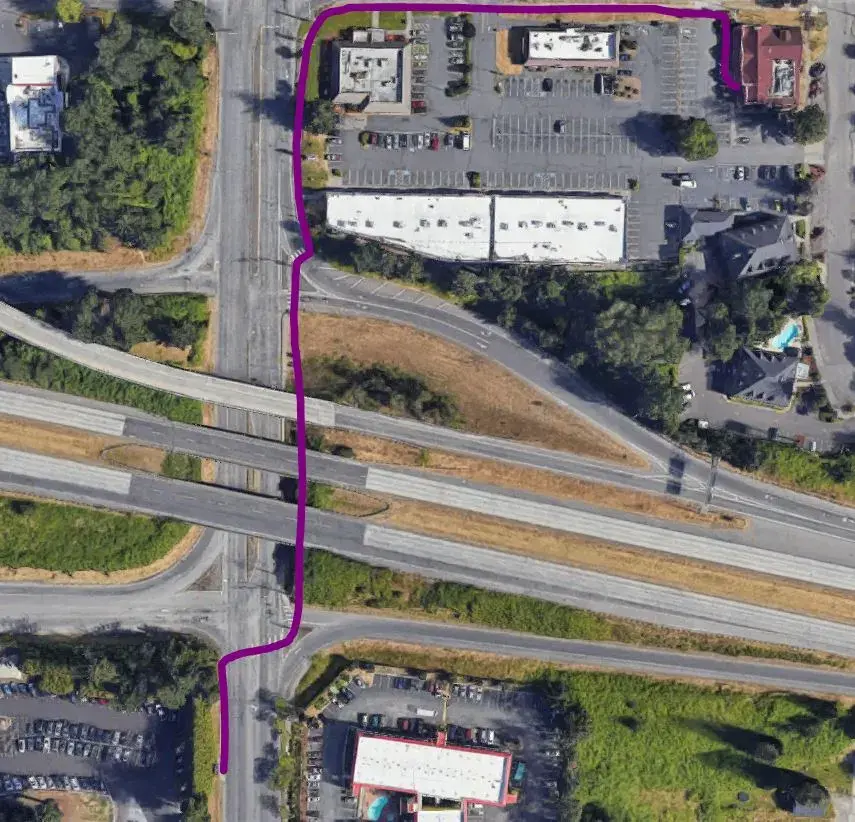City Life
2114 readers
1 users here now
All topics urbanism and city related, from urban planning to public transit to municipal interest stuff. Both automobile and FuckCars inclusive.
This community's icon was made by Aaron Schneider, under the CC-BY-NC-SA 4.0 license.
founded 2 years ago
MODERATORS
76
77
78
79
80
81
82
83
84
85
10
Vancouver (And the Pacific Northwest) should invest more in earthquake resilience.
(reecemartin.substack.com)
86
87
88
89
90
91
92
93
94
19
This Spanish city has been restricting cars for 24 years. Here’s what we can learn from it
(www.fastcompany.com)
95
96
97
98
99
100
